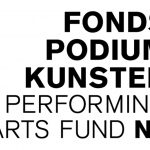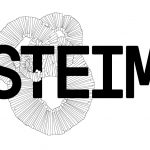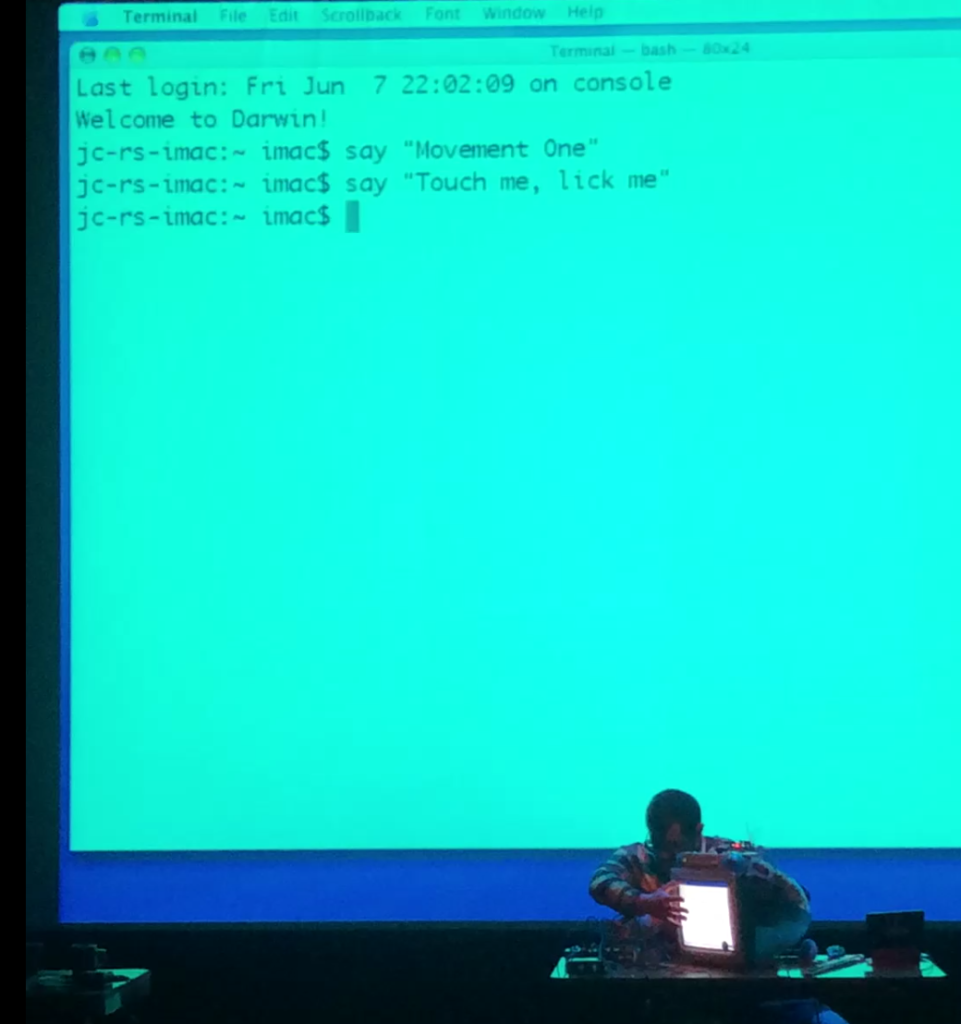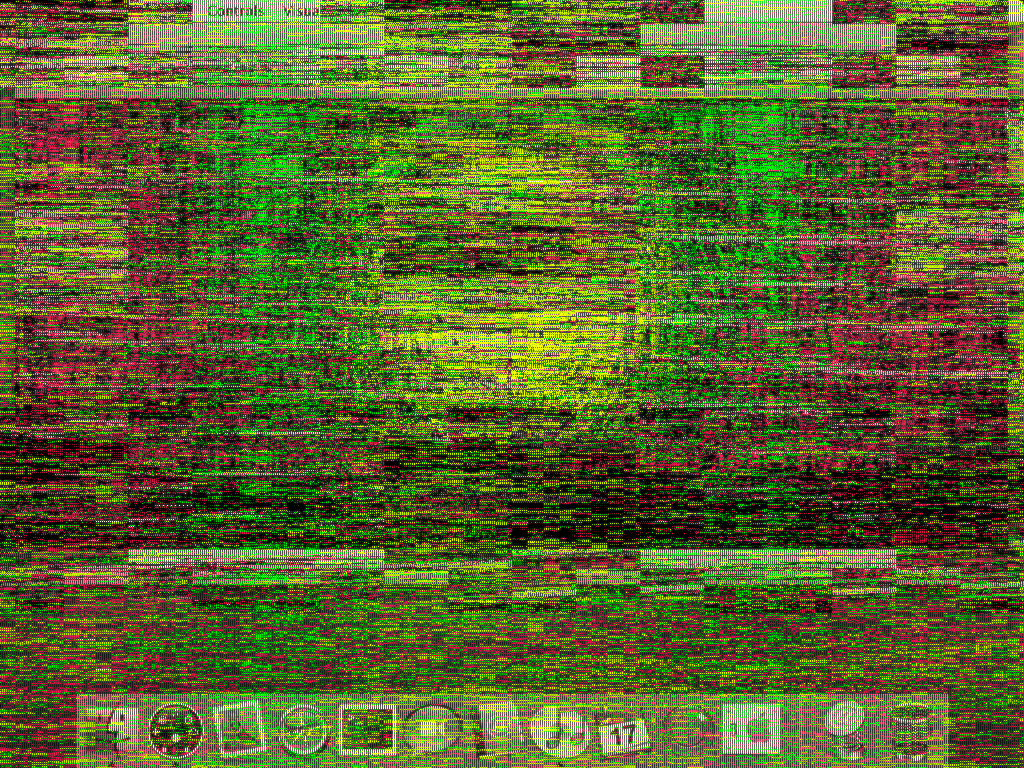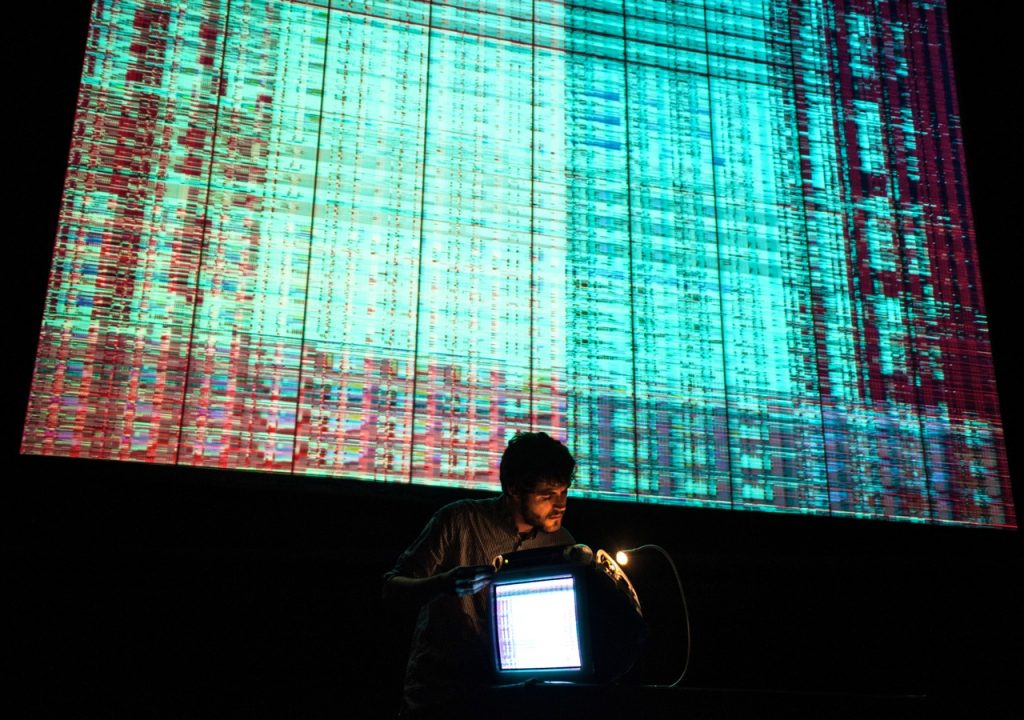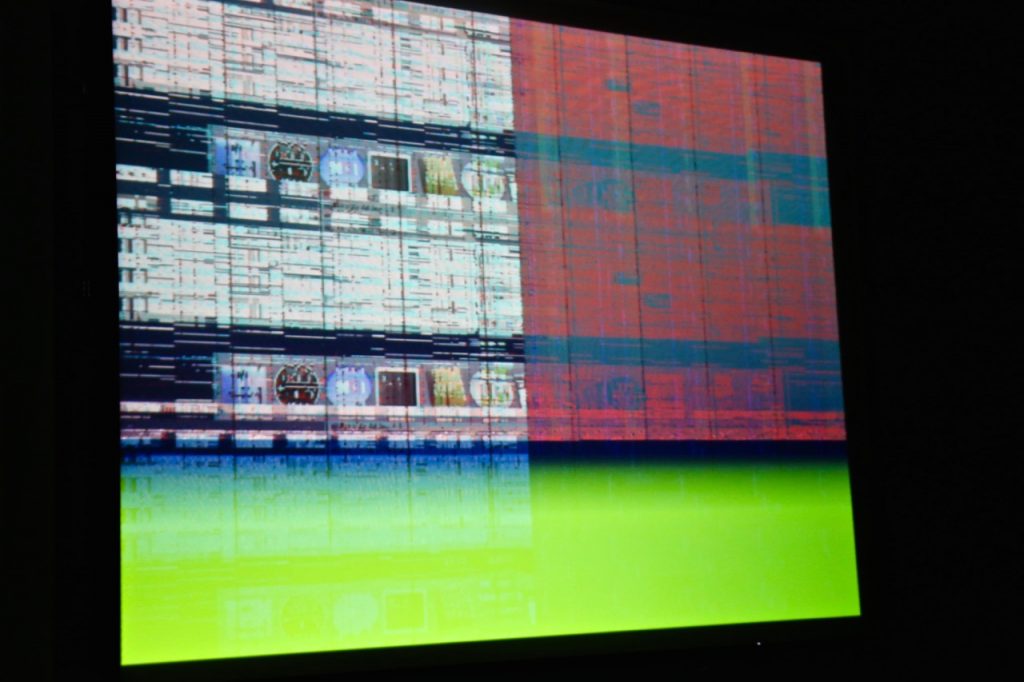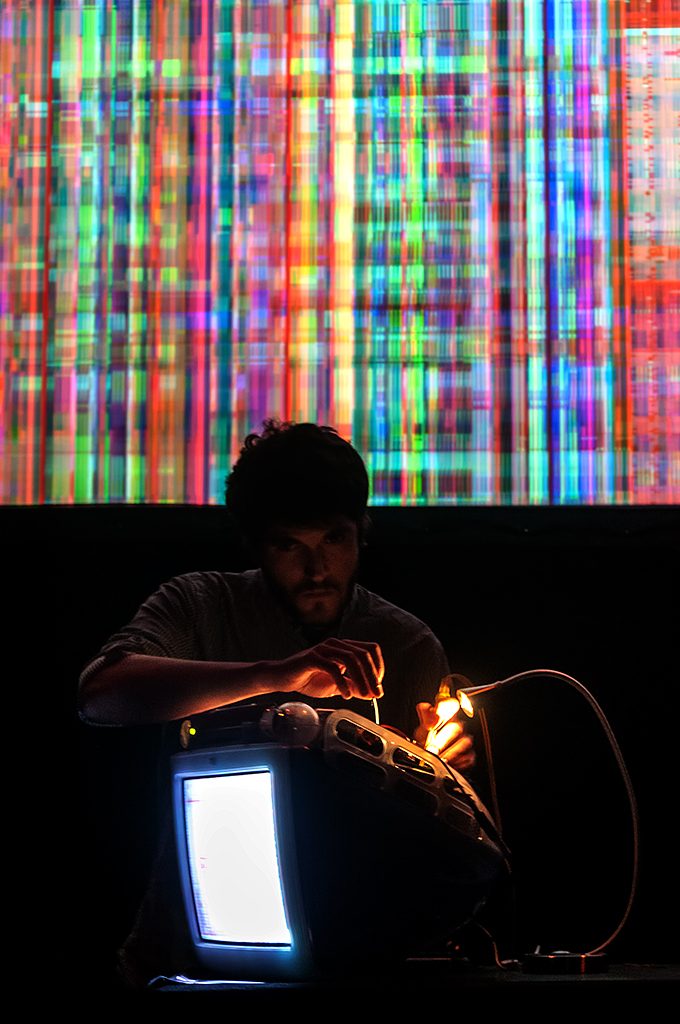iMac Music ©
performance with sound and image, musical instruments made from obsolete computers, hand-held amplification probes and parasitic electronics
Supported By
An intimate and fragile spectacle between an end user and their obsolete machine, using the computer itself as a kind of paleolithic instrument, producing sound and rhythms in whatever ways possible, in software, hardware and hard-hardware. The computer runs recognizable software on a manipulated desktop as the end user makes their way through memories of past experiences with the machine. Through the duration of the performance the computers’ circuitry becomes increasingly corrupted through manipulations, visual distortions are created on-screen and sound material is tapped from the running circuitry.
The performance itself traces the process whereby a digital apparatus is reduced from function to raw material, and the relationship between user and tool from personal to nostalgic, punctuated by a moment where the machine inevitably becomes unusable as intended. A reboot is required. Into the next movement of this relationship.
In addition to being a spectacular experience for the public, he also confronts them with the imposed superfluous consumer electronics such as televisions and mobile phones. The performance is a critical reflection on the medium and thus has a motive that is prevalent in both the media art and the contemporary art world.
Fabian van Sluijs, Are nerds the new avant garde?, Motherboard/VICE
The work demands a special kind of digital literacy: encountering visual stacks and sonic triggers that were part of our everyday activity, sometimes for years on end, heightens our awareness of the techno-ecological race we’re caught up in, making obsolescence a powerful poetic resource.Sally Jane Norman, Senses of Liveness in Digital Times, IETM
- photo Ed Janssen
Category: Performance
